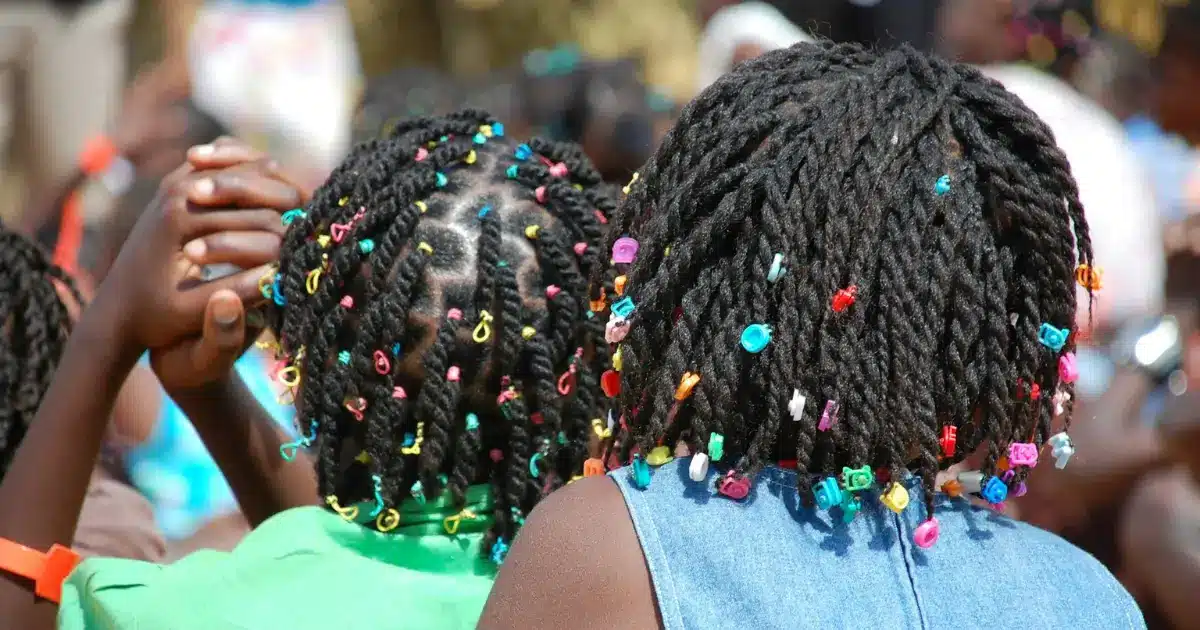Blog
Protective hairstyles: cultural heritage and care tool

Braids, twists, vanillas, bantu knots, glued braids... protective hairstyles have become trendy, but they're not just a fashion statement! They are treasures of our cultural heritage, handed down from generation to generation, and they also play an essential role in the care of frizzy hair.
Let's find out why these hairstyles are so precious and how to use them to enhance your natural hair.
A heritage from Africa
For centuries traditional African hairstyles are veritable languages. They told of a person's origin, age, religion, social rank or marital status. Beyond aesthetics, it was a act of identity and transmission.
With slavery, some of these traditions were lost or banned, but black women continued to create, to style, to protect. Even today, every hairstyle carries a part of this tradition. resilience.
A shield for frizzy hair
Frizzy hair is naturally fragile: its spiral shape makes it difficult for sebum to circulate, making it dry and brittle. Handled too often, it can break easily.
Protective hairstyles serve two purposes:
- Reduce handling daily
- Preserve moisture and length
By protecting the ends and limiting friction, they allow hair to grow more serenely.
Types of protective hairstyles
Here are a few styles to adopt according to your desires and your style:
- Simple braids or with additions
- Twists (two-wick vanillas)
- Cornrows / Nattes collées
- Bantu knots
- Low buns / buns / flat twists
Fololo Beauty tip: alternate hairstyles and avoid too-tight styles that pull on the temples (risk of traction alopecia).
A protective hairstyle, but not without care
Please note that "protective" does not mean "maintenance-free"! While your hair is braided or tied:
- Keep them coming moisturize with a light spray based on water and vegetable oils
- Mass tone scalp to stimulate circulation
- Protect them at night with a satin or silk bonnet
Keep a protective hairstyle 2 to 3 weeks maximumthen let your hair breathe for a few days before applying another.
Celebrating beauty while taking care of yourself
Protective hairstyles aren't just a hair solution. They are also a cultural affirmationan art, a way of regain power our image and highlight our natural textures.
What's your favorite protective hairstyle?
Share a photo or your care tip in the comments. Together, let's wear our crown proudly.




